Antique medallions hold a unique place in history, treasured for their craftsmanship and the stories they carry. These rare pieces, often symbols of significant events or figures, attract collectors worldwide. Their value lies not just in the materials used but in their historical significance. For enthusiasts, these medallions represent far more than just art; they’re a connection to the past.
Roman Empire Gold Aureus Medallion
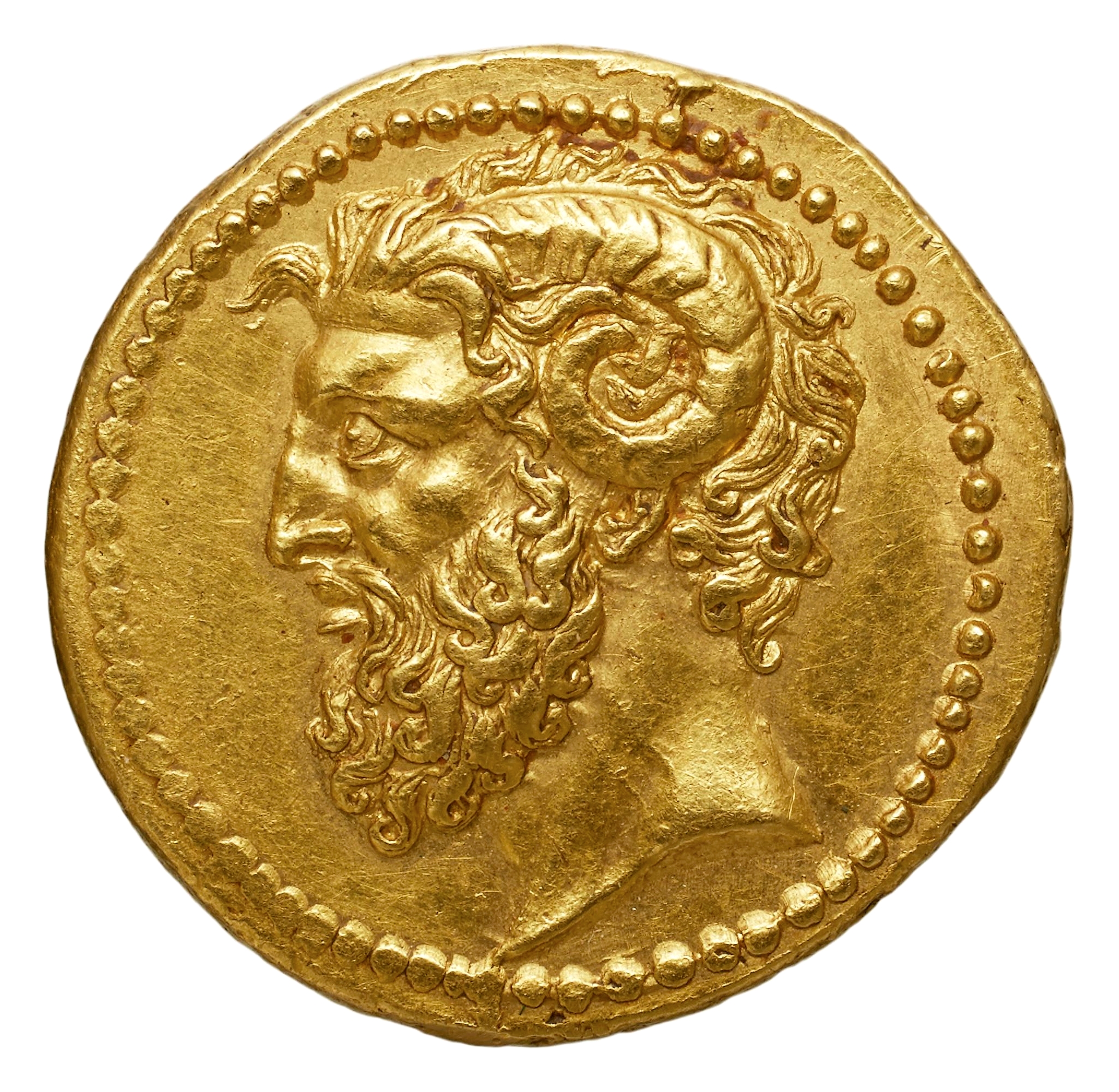
The Roman Empire Gold Aureus Medallion is highly valued for its connection to Roman emperors and crafted from pure gold. It was minted during the height of the Roman Empire, typically featuring emperors like Julius Caesar or Augustus. The fine craftsmanship and historical significance make it a sought-after piece. A well-preserved Roman Aureus can sell for approximately $100,000 to $500,000, depending on its condition and rarity. The precise value often hinges on the emperor depicted and the mint from which it originated.
Byzantine Empire Justinian I Medallion
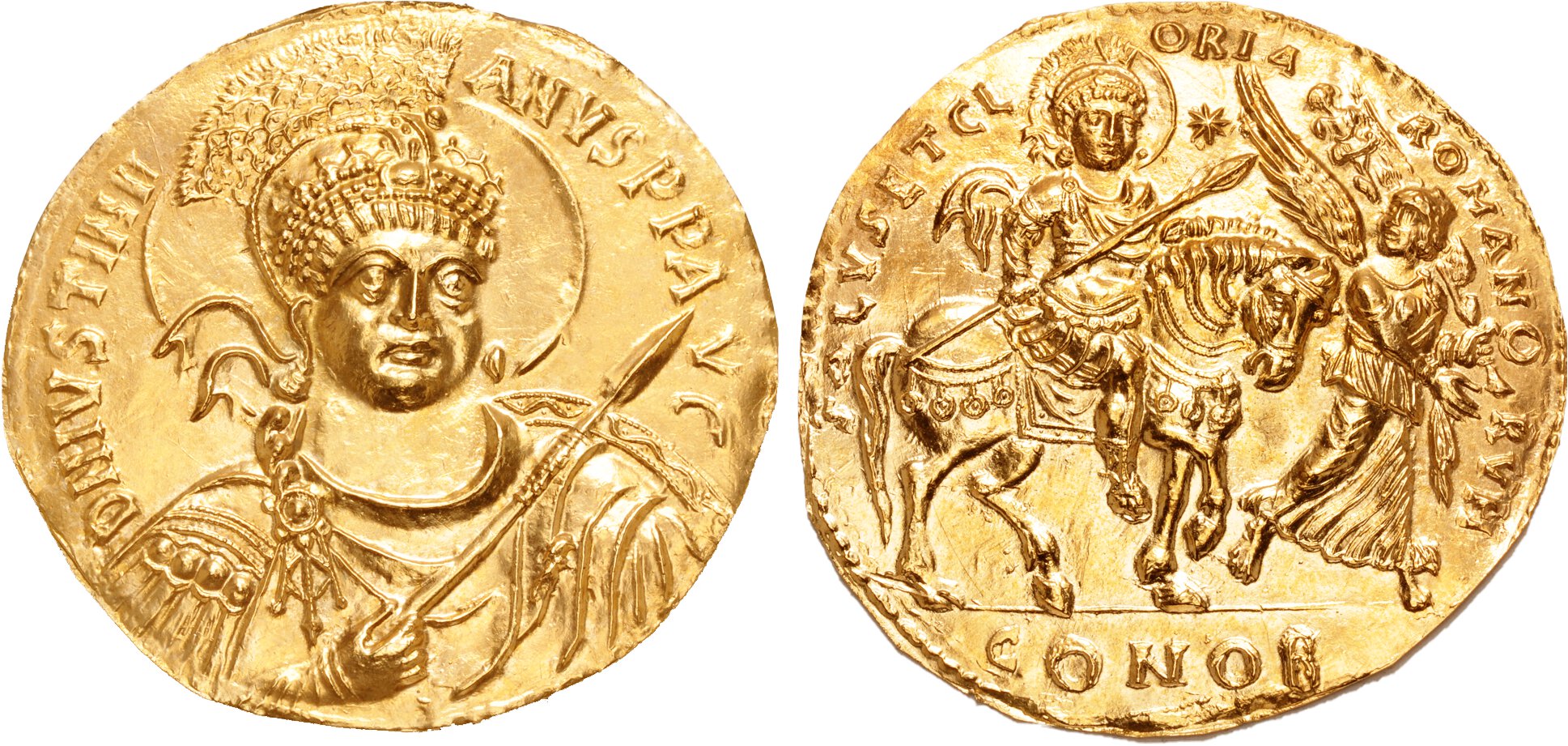
The Byzantine Empire Justinian I Medallion commemorates the reign of Emperor Justinian I, known for his legal reforms and expansion of the empire. Typically made of gold or silver, these medallions feature intricate details, such as Justinian’s profile and religious imagery. Collectors seek them for their historic significance and artistic quality. The current market value for a well-preserved Justinian I medallion ranges from $50,000 to $120,000, with gold versions commanding the higher end of the spectrum.
French Napoleonic War Victory Medallion
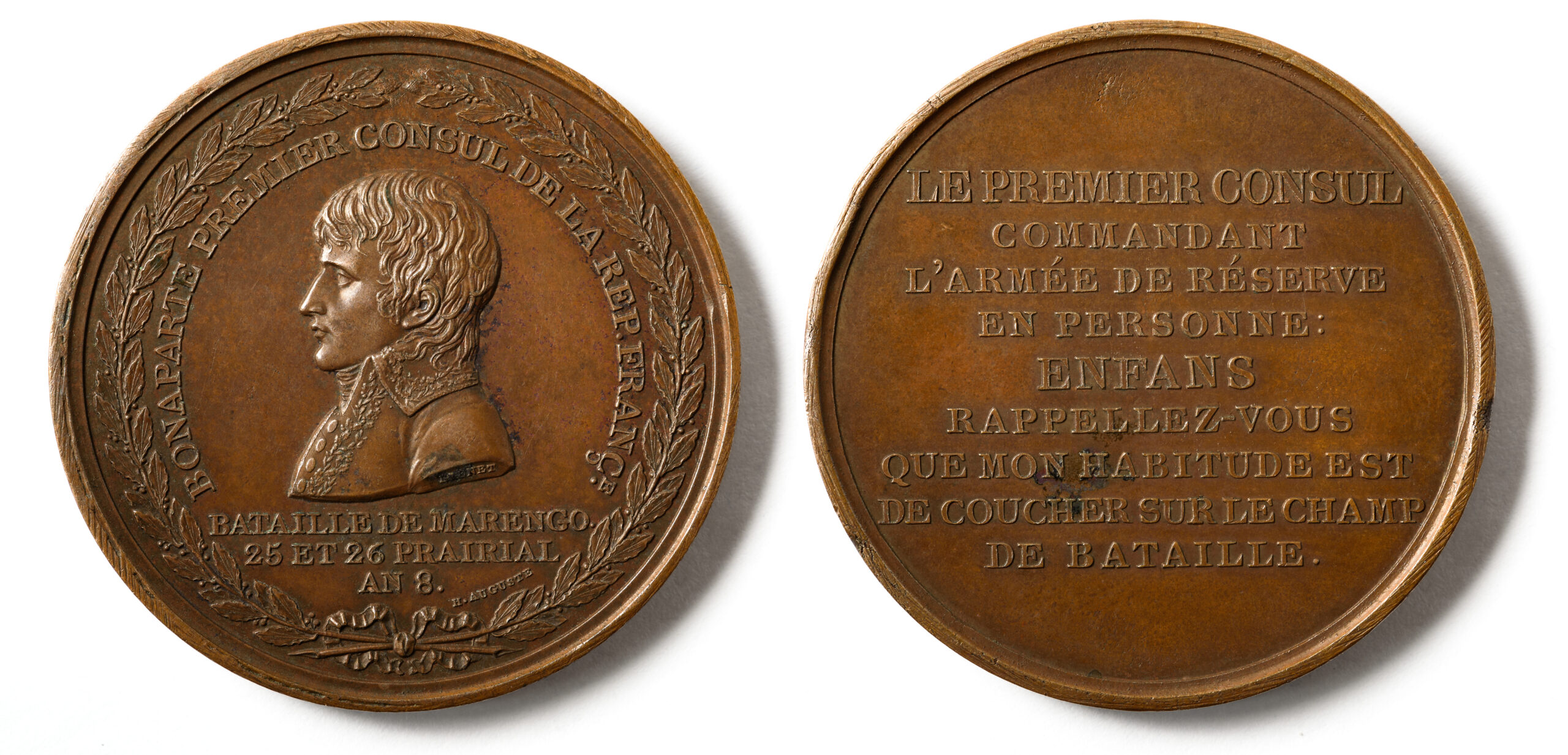
The French Napoleonic War Victory Medallion celebrates Napoleon’s numerous military triumphs. Made of bronze or silver, these medallions often depict Napoleon and scenes from major battles. Collectors value them for their historical importance and connection to one of history’s most famous military figures. The exact value of a French Napoleonic War medallion varies, but most sell for $5,000 to $15,000, with rarer silver versions sometimes exceeding $20,000.
Russian Imperial Order of Saint Andrew Medallion
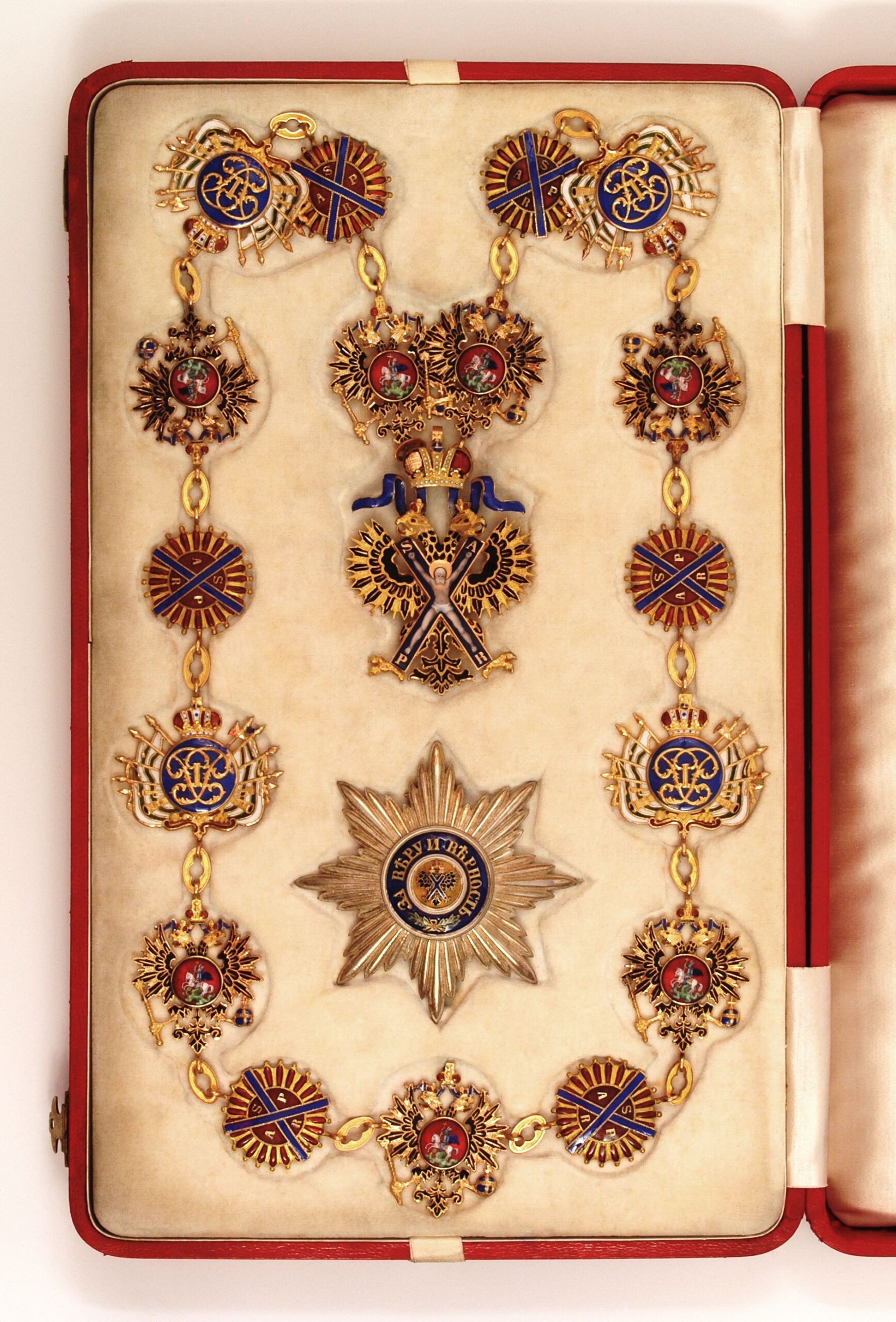
The Russian Imperial Order of Saint Andrew Medallion was awarded as one of the highest honors in the Russian Empire. Crafted from gold and often encrusted with diamonds or other precious stones, it symbolizes great achievement. Collectors covet these medallions for their beauty and rarity. A well-preserved example of this medallion can command prices between $100,000 and $250,000, with exceptionally ornate pieces reaching even higher values at auction.
Ancient Greek Alexander the Great Medallion
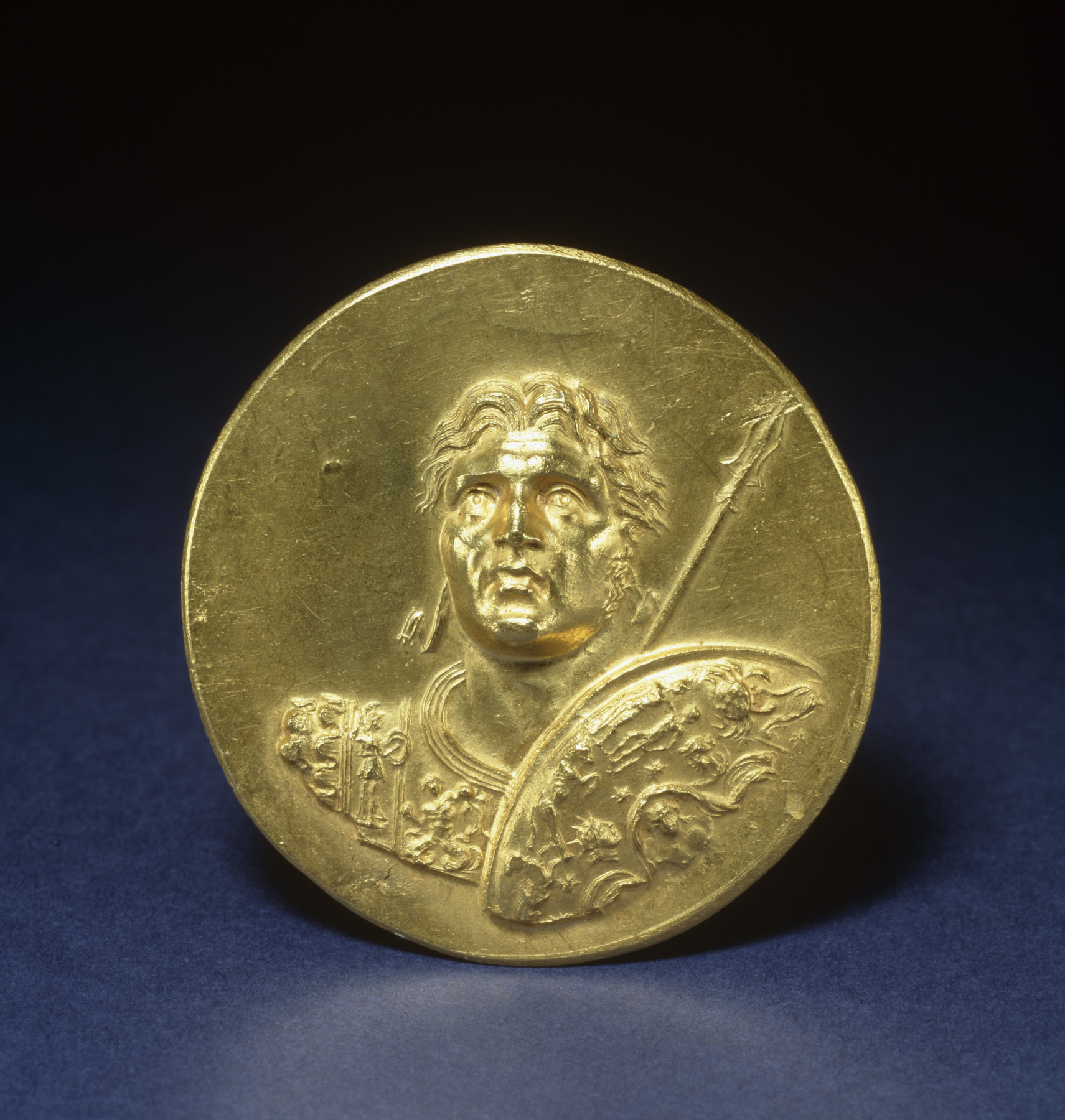
The Alexander the Great Medallion, usually made from gold or silver, features the likeness of one of history’s most iconic conquerors. Collectors seek these medallions for their association with ancient Greek history and Alexander’s empire. Well-preserved gold versions can sell for $50,000 to $150,000, while silver examples typically range from $20,000 to $50,000, depending on condition and provenance.
Ottoman Sultan Mehmed II Medallion
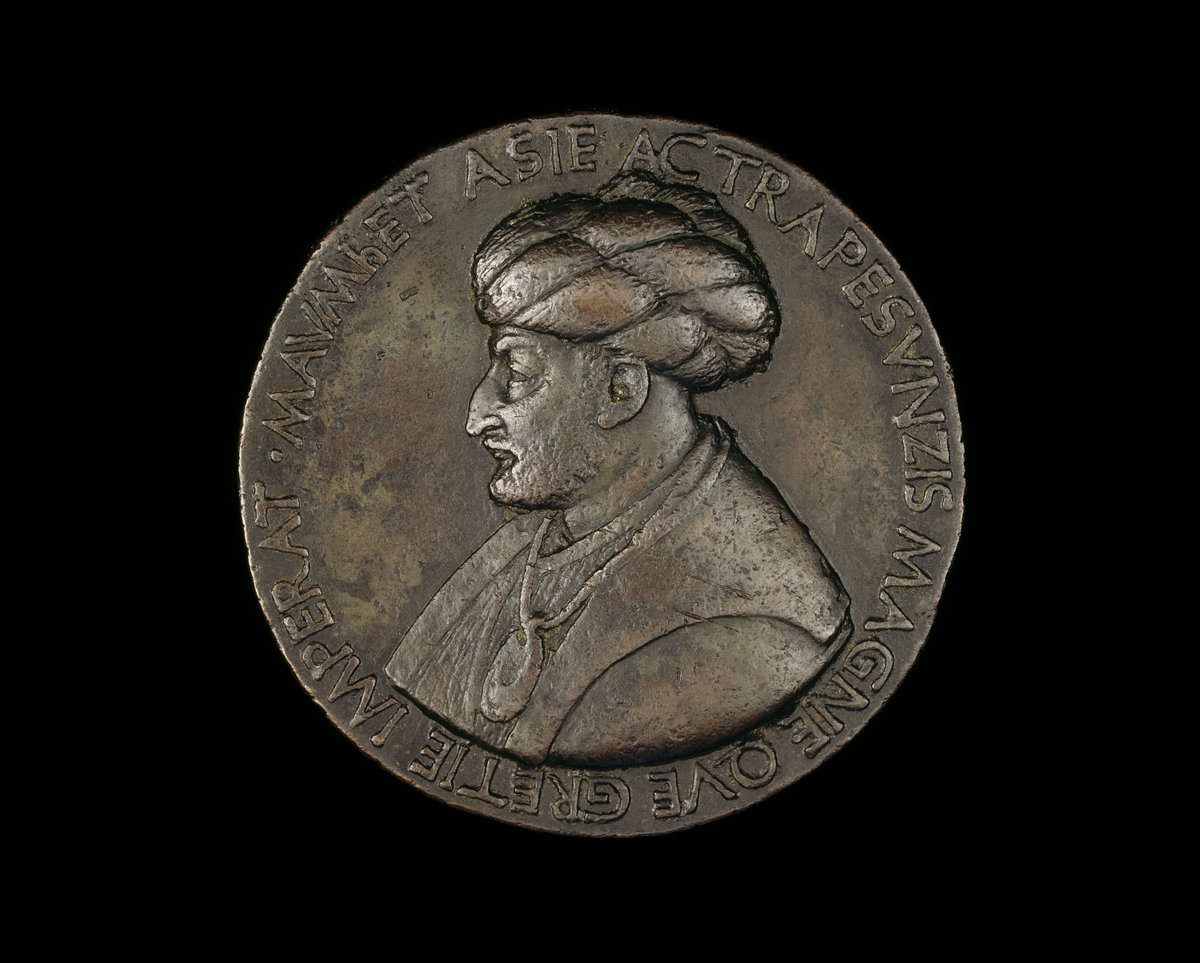
The Ottoman Sultan Mehmed II Medallion marks the sultan’s conquest of Constantinople in 1453. Crafted from gold or bronze, it often features detailed engravings of Mehmed II’s profile. This medallion is highly valued for its historical significance in the Ottoman Empire’s rise. Depending on the material and its preservation, the value of this medallion can range from $30,000 to $80,000, with gold versions commanding the highest prices.
Holy Roman Empire Charles V Medallion
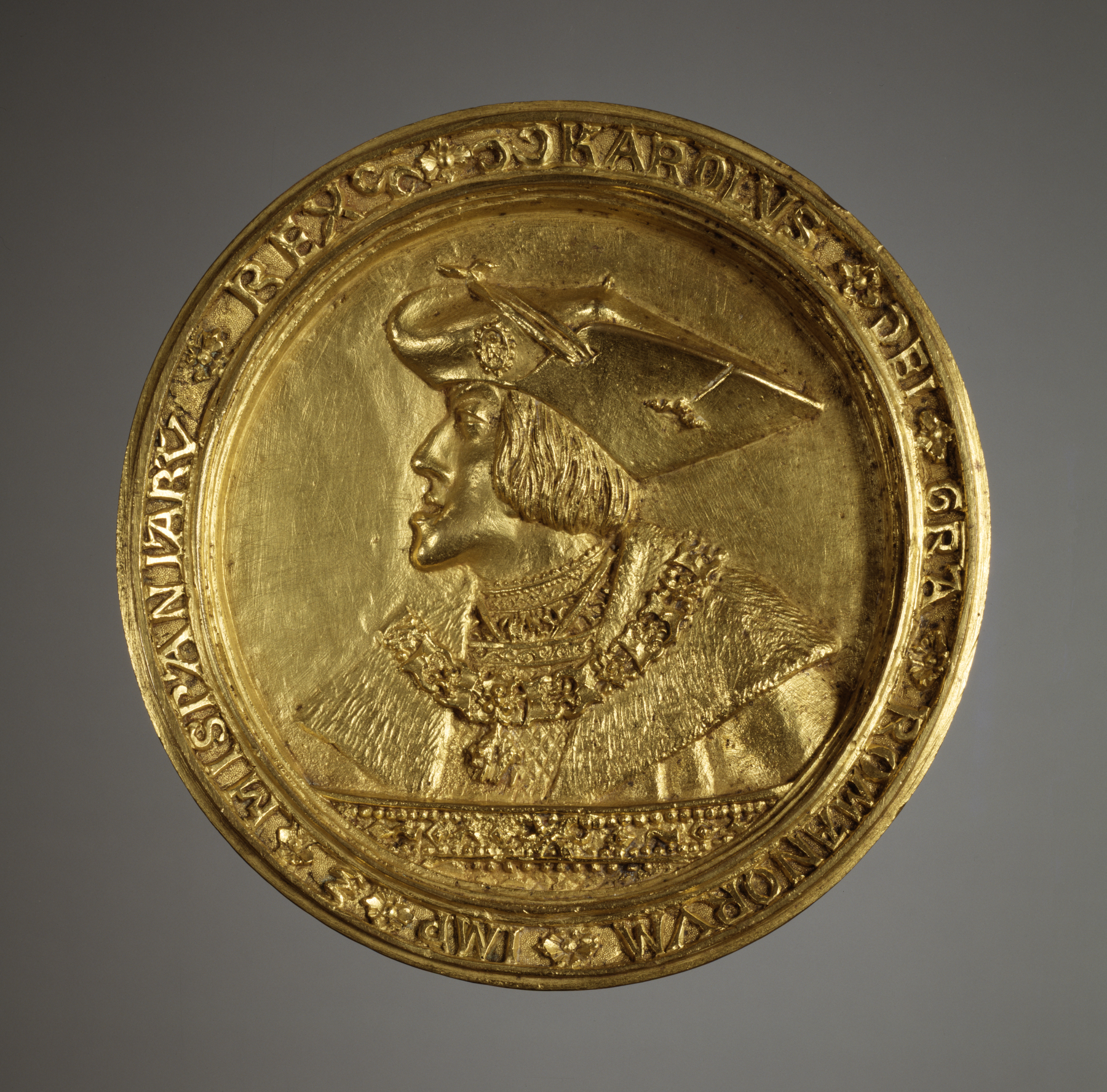
The Holy Roman Empire Charles V Medallion is a symbol of one of the most powerful rulers in European history. Made from gold or silver, it typically features the emperor’s portrait and imperial symbols. Collectors prize this medallion for its connection to the Holy Roman Empire and its intricate design. Gold versions are valued at $25,000 to $60,000, while silver medallions generally sell for $10,000 to $30,000, depending on their condition and rarity.
U.S. George Washington Indian Peace Medallion
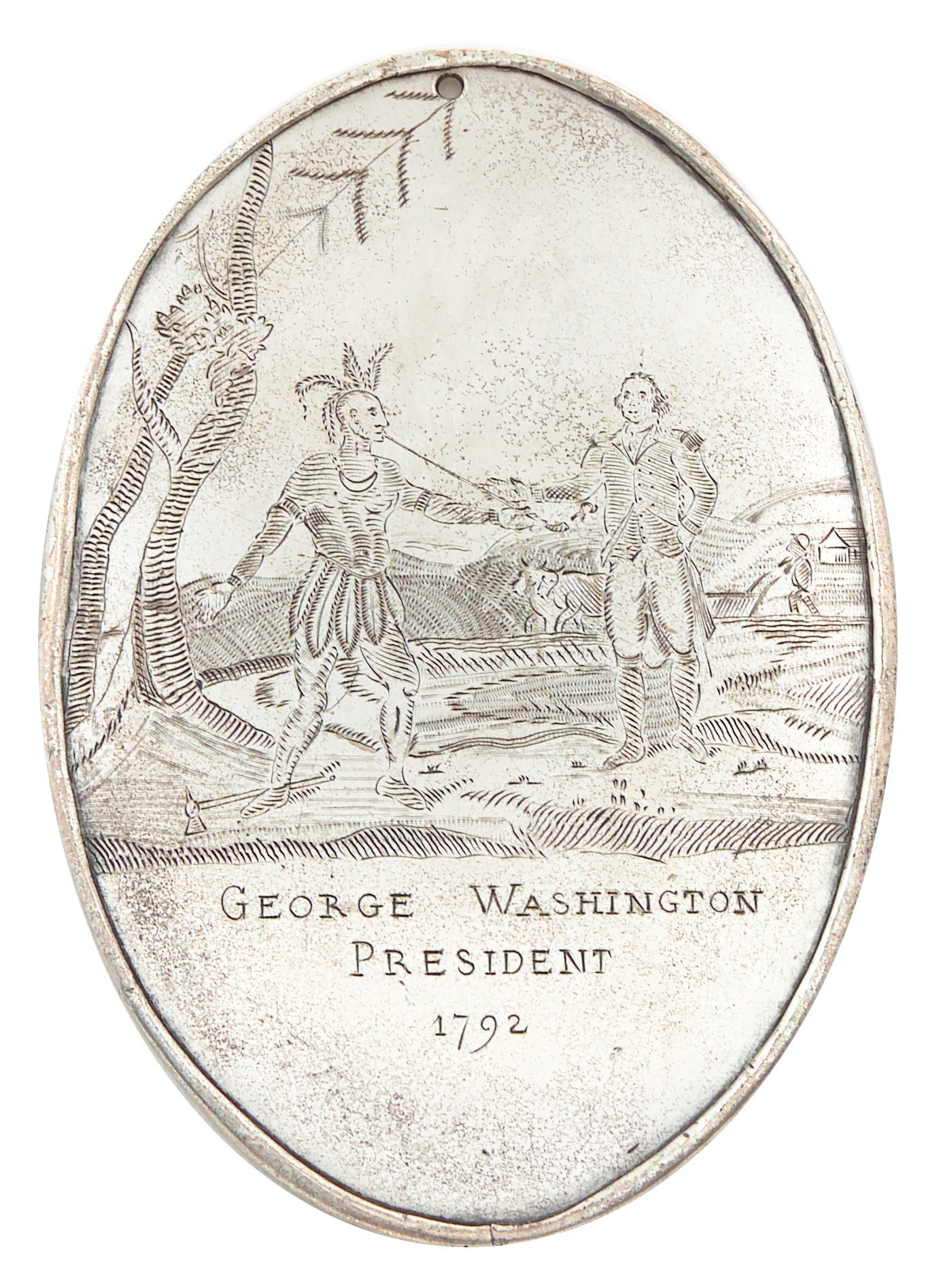
The U.S. George Washington Indian Peace Medallion was designed to symbolize peace between the U.S. government and Native American tribes. Struck from silver and featuring George Washington’s profile, these medallions were given to tribal leaders as gifts. They are prized by collectors for their historical importance and rarity. Depending on the condition and provenance, these medallions can command prices between $50,000 and $150,000 at auction, with pristine examples reaching even higher values.
Austrian Emperor Franz Joseph I Medallion
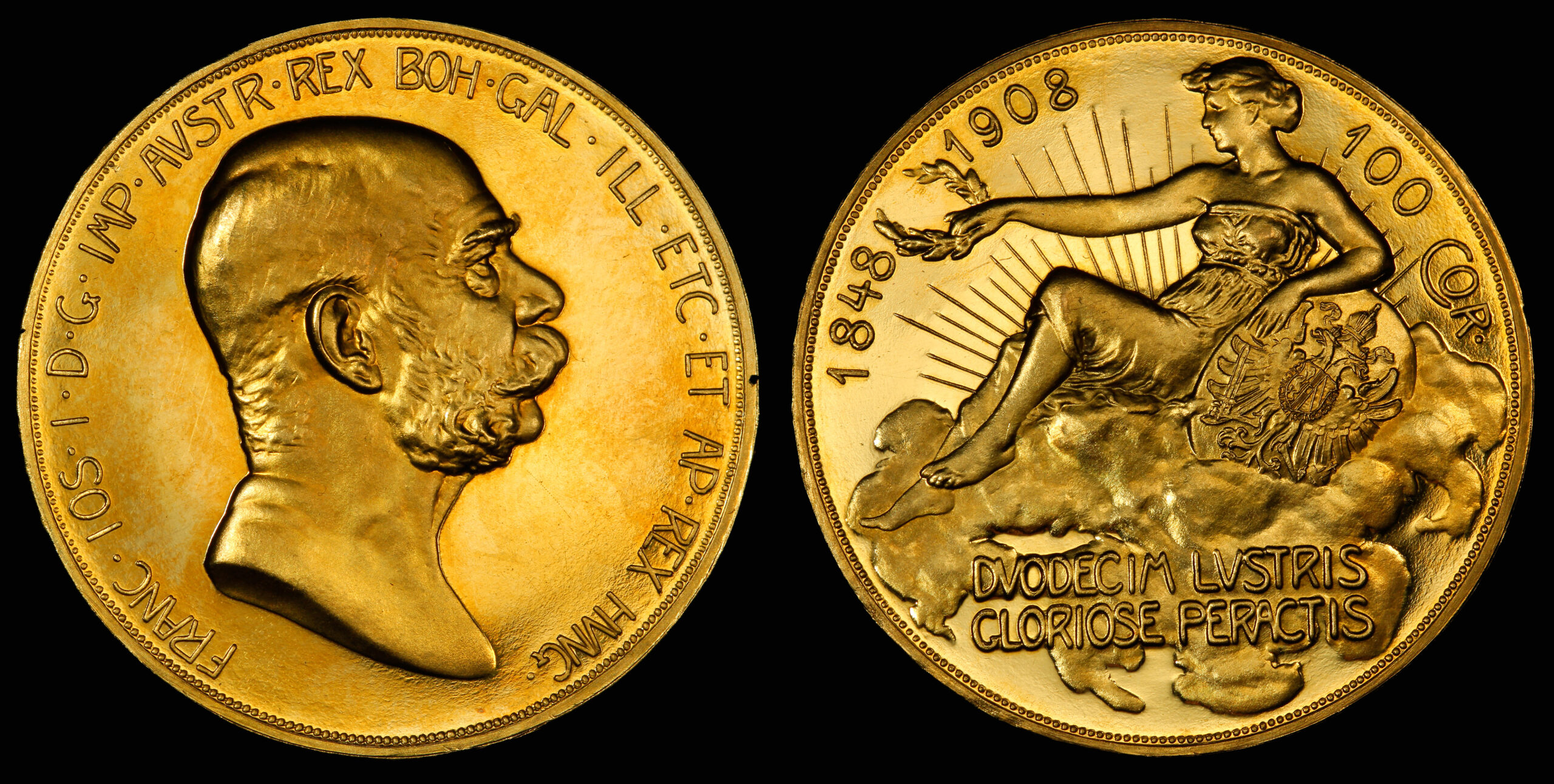
The Austrian Emperor Franz Joseph I Medallion commemorates one of Austria’s longest-reigning monarchs. Typically made from gold or silver, it features the emperor’s image and imperial symbols. Collectors highly value this piece for its connection to the Austro-Hungarian Empire and the emperor’s influence on European politics. Gold versions of the medallion are valued at $10,000 to $30,000, while silver versions usually range from $5,000 to $15,000, depending on the condition and design.
Italian Renaissance Medallion of Lorenzo de Medici
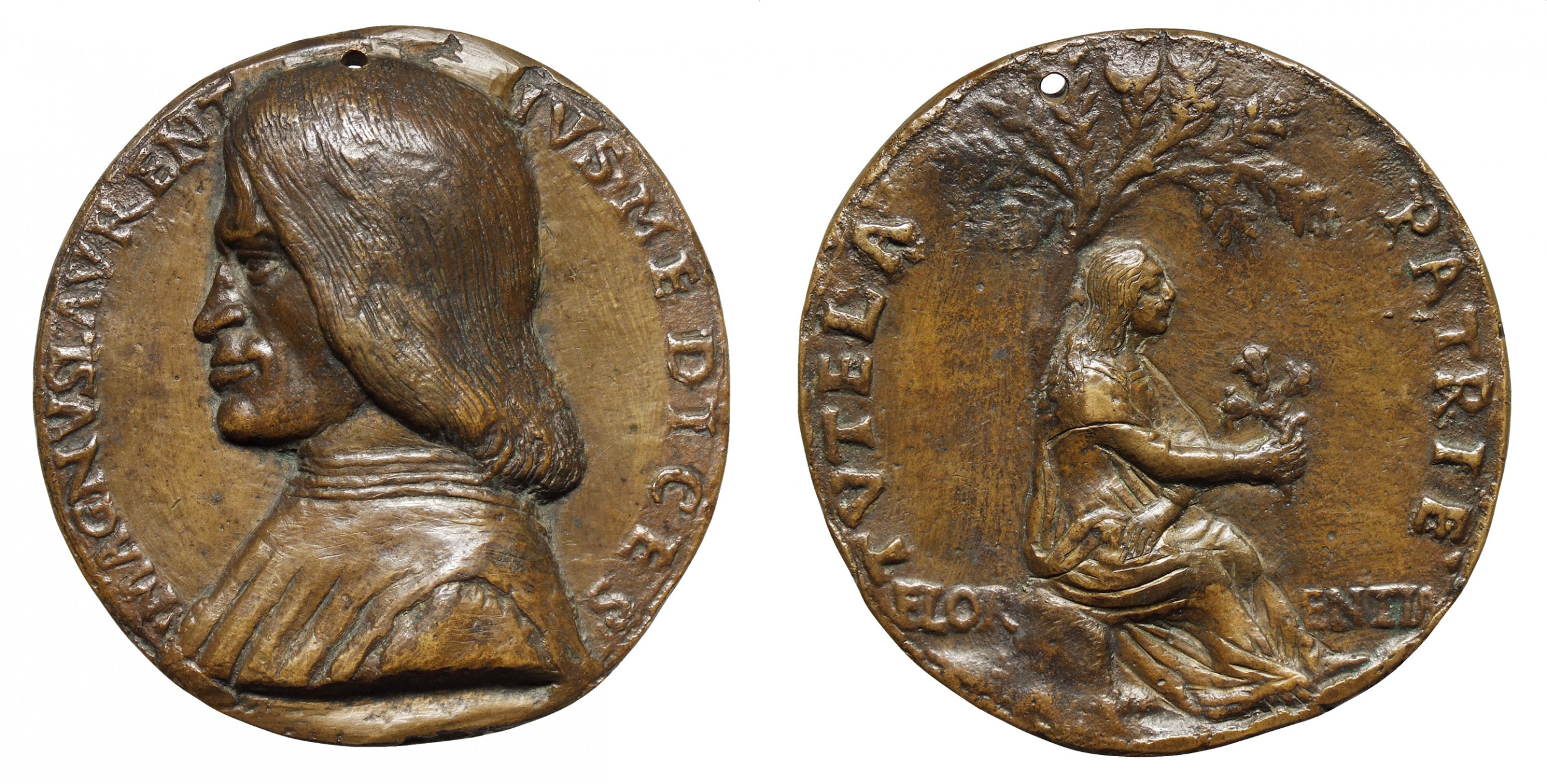
The Lorenzo de Medici Medallion celebrates one of the most influential figures of the Italian Renaissance. Made from gold or bronze, it often showcases the portrait of Lorenzo and symbols of the flourishing arts during his reign. Collectors seek this medallion for its association with the Medici family and Renaissance culture. Prices for these medallions range from $10,000 to $40,000, depending on the material and condition, with gold versions being more valuable.
This article originally appeared on Rarest.org.
More from Rarest.org
19 Fog-Covered Forests with an Air of Mystery

Fog-shrouded forests have a way of transforming even the most ordinary landscapes into places of mystery and enchantment. Read More.
1962 Jefferson Nickel Value Guide

The 1962 Jefferson nickel is made of 75% copper and 25% nickel. Although, there was a time when nickel was made of 56% copper, 35% silver, and 9% manganese. Read More.
1958 Lincoln Penny Value Guide

The 1958 Lincoln penny comprises 95% copper and 5% tin and zinc. The same composition is used for pennies struck from 1909 to 1942 and 1944 to 1982. Read More.
